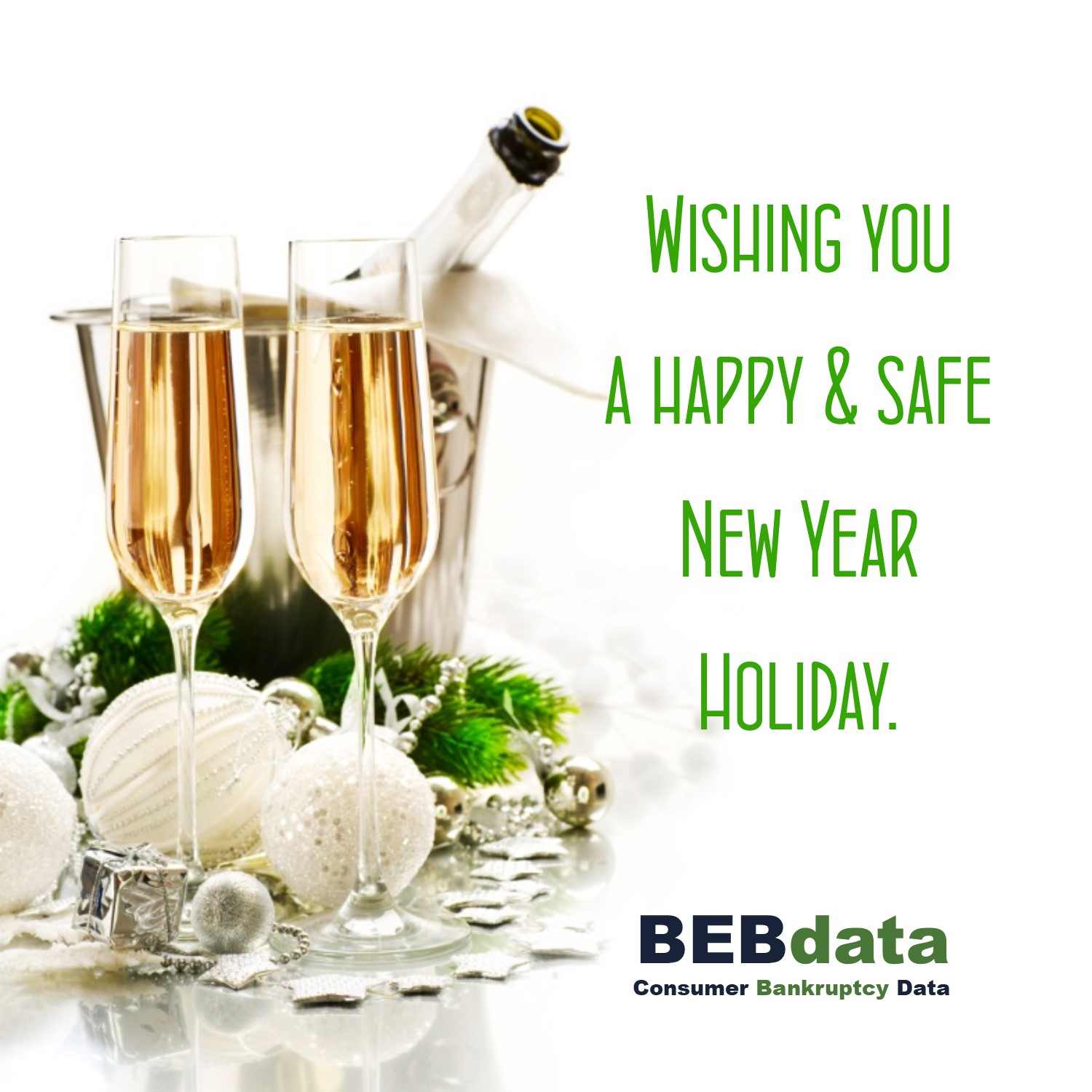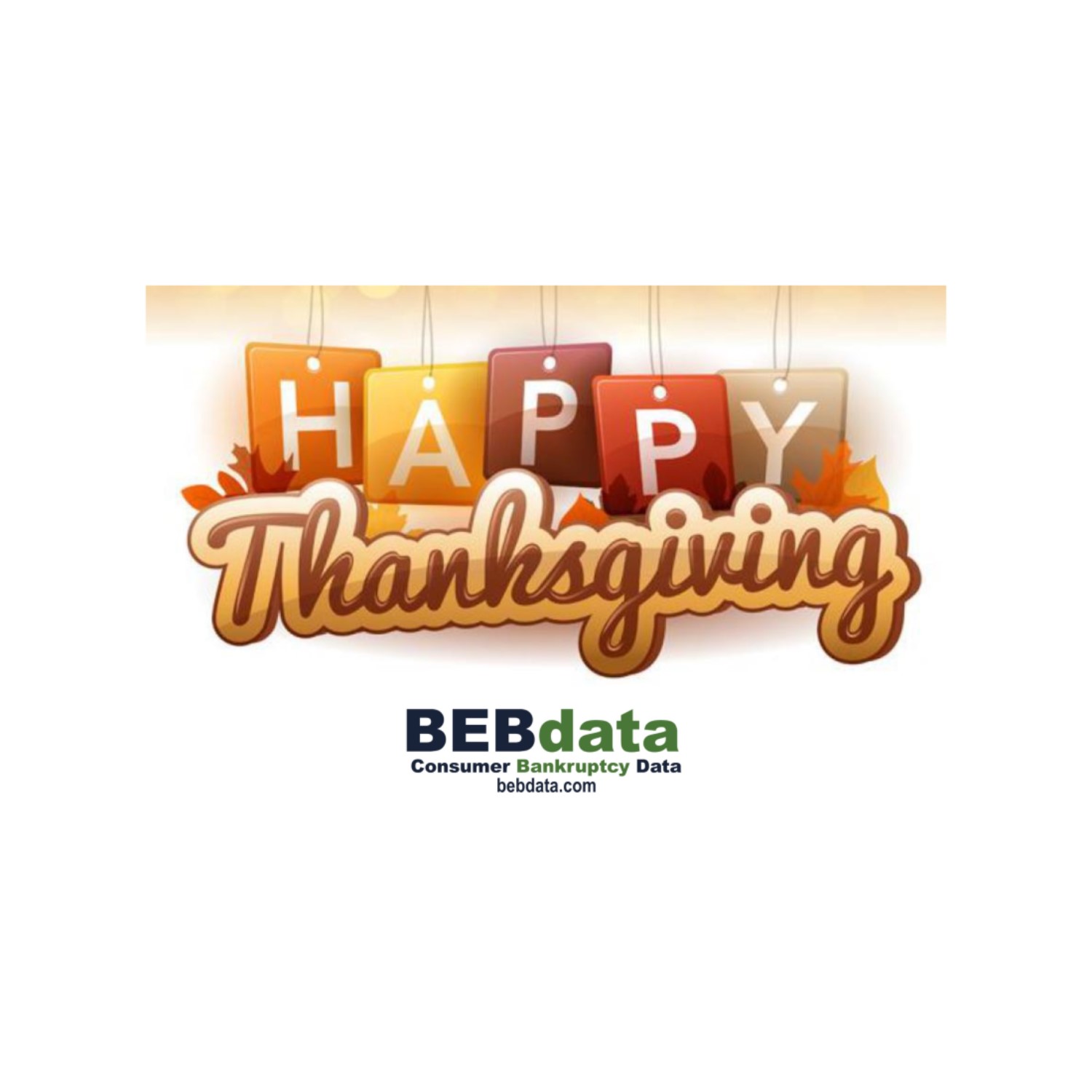We made it! Have a safe and happy New Year.
Author Archives: BEBdata
Happy Holidays
1598.21 billion Passenger Cars
Buying a Car Online
 92% of people buying cars today already research online. This year we saw a complete online car buying journey emerge including purchase and delivery. People want online car buying.
92% of people buying cars today already research online. This year we saw a complete online car buying journey emerge including purchase and delivery. People want online car buying.
Prior to the pandemic, only a few dealerships had online capabilities to execute a full online experience. While the purchase journey itself was happening online, the purchase remained offline. Since COVID-19, at-home test drives and vehicle delivery were tied as the number 1 alternative to visiting a car dealership for shoppers.
At a time when social restrictions related to the pandemic are impacting consumer behavior, developing strategies for how to meet consumer demand for online buying and at-home delivery can make a large impact: 18% of auto shoppers would buy a vehicle sooner if they could purchase the vehicle they wanted without going to a dealership.
Chapter 13 Comparison
Thanksgiving Wishes
Chapter 7 Comparison
 The above chart show total bankruptcy filing by Chapter 7 for years ending March 31st.
The above chart show total bankruptcy filing by Chapter 7 for years ending March 31st.








